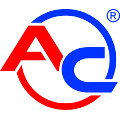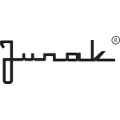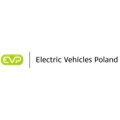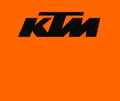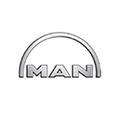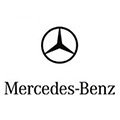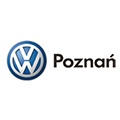EXCISE TAXES on MILD HYBRID (MHEV) cars
A decision by the Provincial Administrative Court in Warsaw regarding excise taxes on soft hybrid (MHEV) cars could have a significant impact on the new car market in Poland. Until now, the treasury has charged a higher excise tax rate, similar to that for combustion-powered vehicles. However, a new court ruling could change this situation, which in turn could bring financial benefits to buyers of this type of car.
If the court's decision is affirmed, buyers of soft hybrid vehicles can expect a reduction in the excise tax rate, which will directly result in a lower purchase price. In practice, this means savings, which for cars of about 150 thousand zlotys can reach up to several thousand zlotys. This is a significant difference, especially since cars with soft hybrid technology make up a considerable part of the new passenger car market.
If this judgment is in force, we can expect an increase of interest in soft hybrid cars, which in turn may affect the sales dynamics of the automotive market in Poland.


